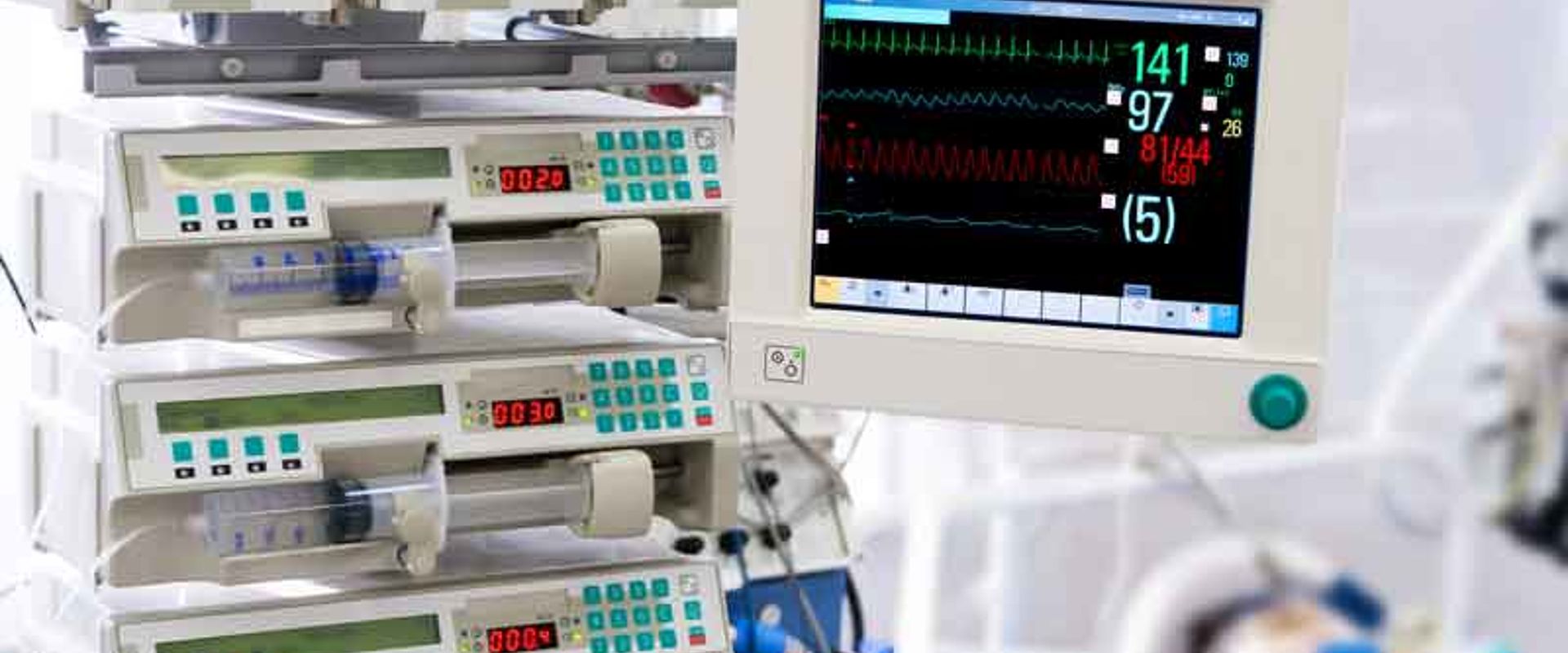
Better flow measurement, safer patients
Challenge
Low flow-rate drug delivery is required for diabetics, neonates, palliative care and patients in intensive care or undergoing anesthesia. Often, the drugs must be delivered continuously over many hours, and often the amounts prescribed are the maximum that can safely be given. Infusion systems rely on pumps that must be both reliable and accurate, and also on a range of disposables - syringes, filters, and infusion lines. However, for reasons of economy, disposables are not always those recommended by the pump manufacturer and this may create greater concern over the systems performance.
Infusion drugs may need to be administered at rates in the milliliter per hour range although for diabetics and those receiving palliative care even slow rates are delivered by implanted infusion devices. Hospitals routinely use calibrated “master” meters to confirm infusion system performance. Currently European national metrology facilities cannot match such low flow rates. New and highly accurate low flow rate facilities are urgently needed to provide the accurate flow rate calibrations required to ensure the most vulnerable patients will receive vital drugs safely.
Solution
The Metrology for Drug Delivery project has developed low flow rate calibration facilities which can now deliver improved traceability for the extremely low flow rates required by hospitals for drug infusions – a reduction in the lowest traceable flow rate achievable by one thousand times. The project also investigated the effects of using various disposables and pump combinations on flow rates. It was found that interchanging infusion line disposables could significantly change the (transient) flow rate and should be avoided in the interests of delivering effective and safe infusion line treatments.
Impact
The Garcia de Orta hospital in Portugal was one of the first to benefit from using a new calibration service created as a result of the project. The hospital’s master calibration meter, used to check the performance of all the infusion line systems used in the hospital, underwent the first calibration for low flow to be performed in Portugal. This removed the need to send it away for calibration, thus avoiding considerable downtime.
Garcia de Orta has already implemented a robust QA system that requires the entire infusion line from the pump to the patient to be calibrated as a whole. They were keen to use the Portuguese NMI’s new calibration service and welcomed the opportunity to have their QA system externally validated during the project. As a result, they now have greater confidence in the robustness of their total infusion line calibrations and their ability to identify if noncompatible disposable components have entered the hospital stocks.
As a result of the project’s newly introduced European facilities for calibrating hospital meters routinely used for drug infusion systems, clinical staff can have greater confidence in being able to precisely administer vital lifesaving drugs to the most vulnerable of patients.
- Category
- Health,
- EMRP,
